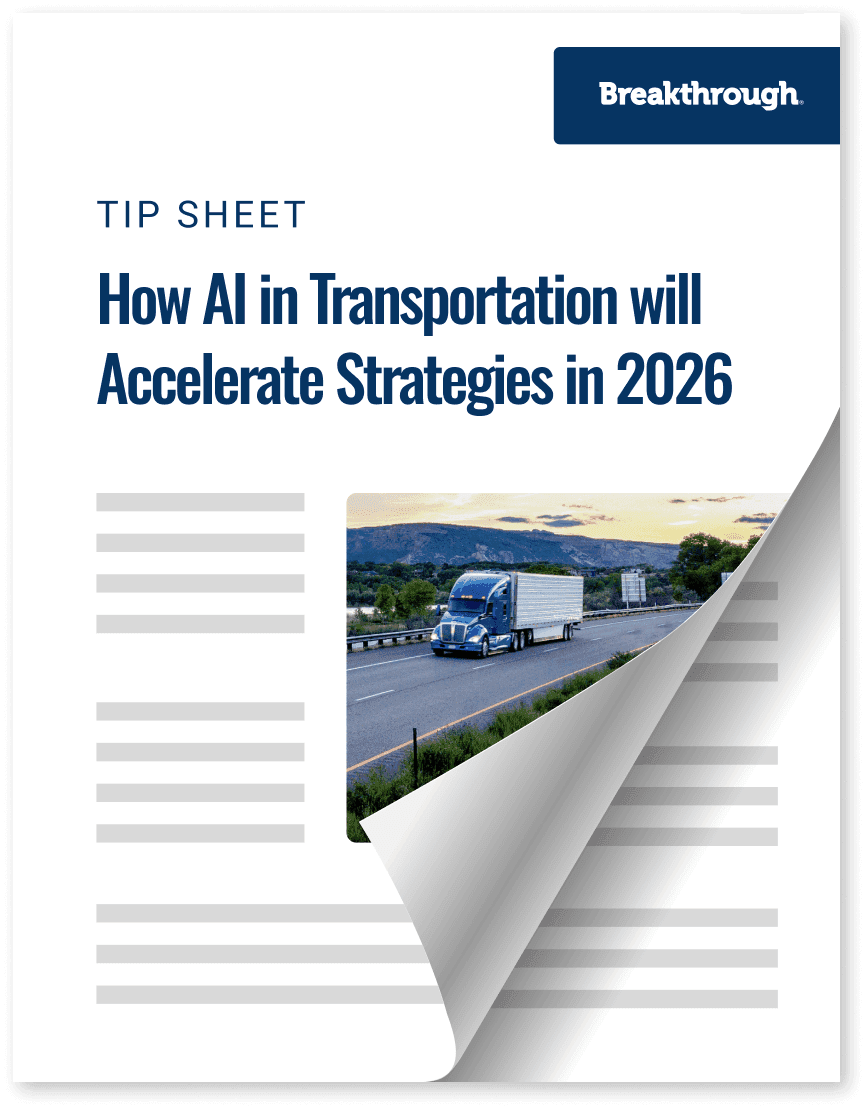How AI in Transportation will Accelerate Strategies in 2026

Trending
Top Posts
Fuel
Why Do Shippers Use The DOE Fuel Surcharge? A History Of The National Fuel Surcharge
5 min read
December 5, 2025
Market Events
How Ukrainian Drone Strikes on Russian Refineries Impact Your Fuel Costs
6 min read
November 20, 2025
Freight
The Definitive Guide on Fuel Management Systems
7 min read
November 11, 2025
3 min read
July 26, 2019

Share:
Managing complex logistics networks poses large organizations a significant challenge. Most transportation footprints span various geographies across the US. This makes daily tendering and dispatching, carrier management, billing, compliance, and other factors that contribute to the health of a network require time and attention. Depending on how a shipper’s operations are organized, these activities might be handled by multiple teams responsible for specific regions, or by a single team of centralized operations.
Determining whether regional or centralized transportation teams are ideal depends on a host of factors, but the industry continues its decades-long shift towards centralization.
While regional transportation management teams work well for some shippers whose highly sensitive operations require proximity to the carrier base in each region, having geographically separated teams can also create challenges in communication and transportation management approach that lead to lost efficiencies and added cost.
Teams operating in separate regions may have completely different philosophies regarding how carrier relationships should be managed, how freight should be offered to carriers, and what constitutes quality performance. They may or may not agree with how routing guides are set. Each team may prioritize their beliefs about regional considerations over the company’s overarching transportation strategy. For most shippers, it is difficult to translate strategic priorities set through the sourcing and awards process into tactical-level results with regionally segmented operations. This highlights the benefits case for a centralized transportation management strategy.
Handling dispatching and carrier management functions centrally by one team makes it easier for the shipper to align to one set of goals and strategic priorities. The shipper can implement and maintain a single routing guide, rather than one that is engineered (and potentially altered in ways that do not align with the shipper’s carrier management policy or cost performance goals) separately at each operation. Subsequently, it is easier to create one set of ongoing performance standards so that all members of the transportation operations team are aligned on what good performance looks like. As operational challenges and carrier issues arise, they can all be analyzed and resolved by one team. When carriers contact the shipper, their concerns are addressed consistently no matter which region of the network their concerns pertain to.
Today’s systems and the availability of data make it possible for shippers to have a clear understanding of how well their transportation networks are performing. Data will show where quantifiable differences in cost performance and routing guide compliance between regions exist. In our experience, shippers that centralize operations show marked improvements in compliance and cost performance to plan. Their teams invest the most in understanding how they have performed against their plan, manage carriers consistently, and continuously look for ways to improve.
The most siloed operations with opaque tender and routing policies, “special” concerns, and carrier management strategy based on length of relationship at the origin point are those with the highest incremental cost to plan and lowest routing guide compliance.

5 min read
December 5, 2025
The DOE fuel surcharge is an outdated, inaccurate method for fuel reimbursement. Learn why it costs you money and discover a modern, market-based alternative.
Read more
6 min read
November 20, 2025
Understand the impact of Ukrainian drone strikes on Russian refineries. Learn why diesel prices are volatile and how to protect your budget from market shocks.
Read more
7 min read
November 11, 2025
Discover how fuel management systems cut costs, track emissions, and improve reimbursement accuracy for modern freight operations.
Read more